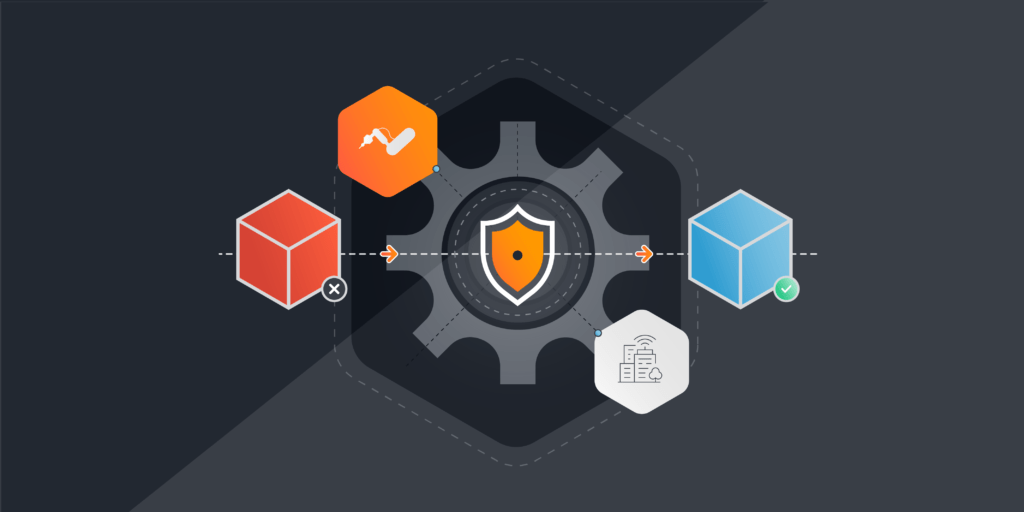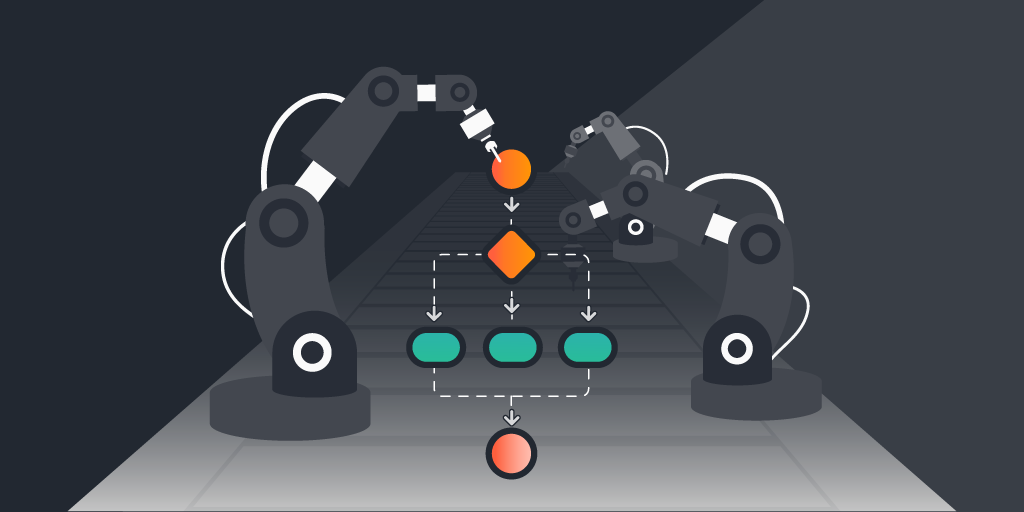
Managing Operational technology or OT can seem like an impossible task. OT is a complex web of very specific devices and protocols. It may be running on or interacting with legacy systems, that may or may not be compatible with everything else. So how do you do it? The structures you have in place for IT asset management may be a good place to start.
First and foremost, asset inventory provides visibility, so you know what you have, where it is, and what it does. While an accurate asset inventory is critical to any cybersecurity program, it is just the beginning. The question remains, “What do I do with the asset information? How do I leverage it to secure both corporate and industrial operations?”
The answer lies in risk.
Understanding OT Asset Management
What Is OT Asset Management?
Operational Technology (OT) is the whole of all physical and digital assets that are essential to the operation of industrial infrastructure and systems. This includes machinery, sensors, controllers, communication devices, software applications, and other components. It is the backbone of industries such as manufacturing, energy, transportation, and utilities.
Just like any other system in your IT estate, your operational technology needs to be properly managed in order to ensure its reliability, availability, and security. OT asset management allows you to identify, organize, monitor, and maintain your OT assets throughout their lifecycle. This way organizations can optimize maintenance schedules, reduce downtime, mitigate risks, and make informed decisions about resource allocation and upgrades.
Unique Challenges
OT asset management has its own unique set of challenges. This is due to the critical nature of these assets and the complex environments they operate in.
Identifying and scanning OT devices often requires unique protocols. Missing protocols can lead to incomplete and thus unreliable data. Many OT systems are intended for long-term use. In time, this can in time lead to compatibility issues between modern technologies and legacy systems.
On top of all that, due to the critical nature of some systems, there is no room to take them offline. This means maintenance downtime is a rare occurrence. One of the main challenges in OT asset management is to find a balance between the need for continuous operation and necessary maintenance and updates.
Why Do You Need OT Asset Management?
So what does OT asset management mean for your organization? There is a wide range of benefits for your operations, security, and your bottom line. Accurate asset tracking allows you to predict maintenance needs and prevent unexpected failures, reducing downtime and improving overall operational efficiency. In turn, these things lead to expensive equipment lasting longer and everything combined will lead to cost savings.
Reliable asset data also allows you to identify and then mitigate security vulnerabilities and protect critical systems against cyber threats. Having your asset data at hand also makes it easier to comply with regulations and audits. Overall, successful OT asset management makes your infrastructure more reliable, secure, and efficient.
Leveraging the IT Structure
You may have noticed that OT asset management has a lot in common with the more well-known IT asset management. It has the same goals and many of the same benefits. The main difference is in tackling those unique challenges and considerations that exist in OT infrastructure.
There is a benefit to these similarities. There already are many structures, systems, and strategies for ITAM, whereas OTAM is lesser known. We can learn a lot from ITAM to start building an effective OT Asset management strategy and structure.
Moreover, OT and IT systems often have to interact and work together to keep the whole of your organization running smoothly. Managing your technology estate will be a collaborative effort between your OT and IT team. Having both teams agree on a central asset management system, structure, and strategy will ensure its efficiency, reliability, and adaptability.
Strategies for Optimizing OT Asset Performance through IT Structure
The convergence of IT and OT offers a number of opportunities to use IT network management structures to optimize OT assets. Many organizations are already using IT network management solutions to monitor and manage OT assets as well.
Full visibility of your OT asset inventory allows you to closely monitor for potential bottlenecks, optimize network performance, and enhance overall reliability. It also means that you can keep a close eye on unauthorized access attempts or unusual network behavior, improving network security.
The data gained from scanning both your OT and IT estate plays a crucial role in proactive asset management and optimization. The data collected from sensors, controllers, and other connected devices within your OT environment, can give you valuable insights into asset performance and health. Data analytics can help you identify patterns that indicate potential issues. That way you can take action before they become a problem, minimizing downtime.
Regularly scheduled scans or real-time asset monitoring lets you detect anomalies in your operations. It allows you to intervene quickly and stop minor issues from escalating. Overall, regular analysis of your OT asset data will help you optimize asset utilization. It also extends asset lifecycles and ensures the reliability and efficiency of some of your most critical systems.
Just like your IT assets, your OT estate can benefit from lifecycle management. By closely monitoring your technology assets, you can more effectively track their performance, cost-effectiveness, compatibility with existing systems, and adherence to security standards. This in turn allows you to make informed decisions about resource allocation, updates, maintenance, and if necessary replacements.
Challenges and Risks of OT Asset Management
Industry standards and regulations can be a great help in keeping up with an ever-changing cybersecurity landscape. Many industries, like energy, manufacturing, and healthcare, have specific regulations for OT systems. These regulations help protect critical infrastructure and serve as a framework for effective cybersecurity practices. Additionally, staying informed about evolving industry standards and best practices helps you continuously enhance your security posture.
The complex web of interconnected devices and legacy equipment that makes up your OT environment can lead to difficulties in identifying vulnerabilities and potential weak spots. There are often no standardized security measures across different OT components. Furthermore, while the convergence of IT and OT systems increases efficiency, it can also expose OT assets to new cybersecurity risks that weren’t previously found in industrial environments. There are a number of strategies you can adopt to mitigate cybersecurity threats to OT assets within the IT structure.
- Implementing strict network segmentation between IT and OT environments can limit unauthorized access from external sources. It reduces the attack surface and prevents lateral movement of threats.
- Employing intrusion detection and prevention systems specifically designed for OT can enhance real-time threat detection and response time.
- Regular security audits and penetration testing will give you valuable insights into system weaknesses. This way you can set up proactive measures and an incident response plan tailored for OT incidents that minimizes the potential impact of breaches.
Lansweeper for IT-OT Asset Management
Lansweeper has long been a best-in-class solution for IT asset management. Now, we have taken this expertise to bring you the same complete, comprehensive, and reliable window into your OT assets. Lansweeper’s OT scanner brings the same visibility and insights you’ve come to expect from Lansweeper to your OT estate, being ever mindful of the unique challenges this new field offers.


